Search
Items tagged with: TheSun

NASA CubeSat Finds New Radiation Belts After May 2024 Solar Storm
The May 2024 solar storm created two new temporary belts of high-energy particles surrounding Earth. The findings are particularly important for spacecraft launching into geostationary orbits, which can be damaged as they traverse the dangerous belts…Mara Johnson-Groh (NASA Science)

NASA Solar Observatory Sees Coronal Loops Flicker Before Big Flares - NASA Science
For decades, scientists have tried in vain to accurately predict solar flares — intense bursts of light on the Sun that can send a flurry of charged particles into the solar system.science.nasa.gov

NASA’s LEXI Will Provide X-Ray Vision of Earth’s Magnetosphere - NASA Science
A NASA X-ray imager is heading to the Moon as part of NASA's Artemis campaign, where it will capture the first global images of the magnetic field that shields Earth from solar radiation.science.nasa.gov

NASA’s LEXI Will Provide X-Ray Vision of Earth’s Magnetosphere - NASA Science
A NASA X-ray imager is heading to the Moon as part of NASA's Artemis campaign, where it will capture the first global images of the magnetic field that shields Earth from solar radiation.science.nasa.gov

NASA’s Parker Solar Probe Makes History With Closest Pass to Sun - NASA Science
Operations teams have confirmed NASA’s mission to “touch” the Sun survived its record-breaking closest approach to the solar surface on Dec. 24, 2024.science.nasa.gov

Scientists Share Early Results from NASA’s Solar Eclipse Experiments - NASA Science
On April 8, 2024, a total solar eclipse swept across North America, from the western shores of Mexico, through the United States, and into northeastern Canada.science.nasa.gov

Annual Science Conference to Highlight NASA Research - NASA Science
NASA researchers will present findings on Earth science, planetary science, and heliophysics at the upcoming American Geophysical Union (AGU) 2024 annual meeting in Washington, DC, beginning on Monday, Dec. 9.science.nasa.gov

Ready, Set, Action! Our Sun is the Star in Dazzling Simulation - NASA
NASA supercomputers are shedding light on what causes some of the Sun’s most complex behaviors. Using data from the suite of active Sun-watchingRachel Hoover (NASA)
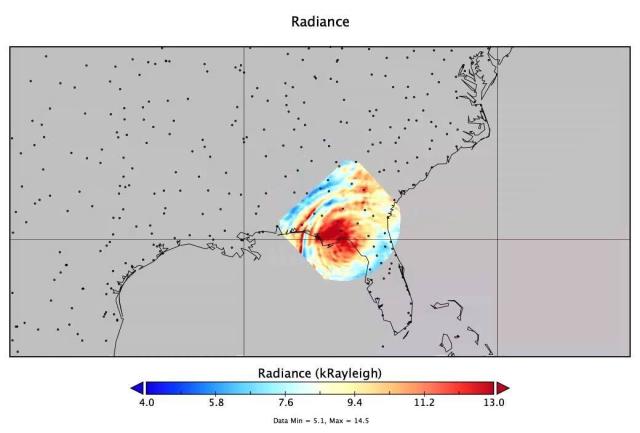
Hurricane Helene’s Gravity Waves Revealed by NASA’s AWE - NASA Science
On Sept. 26, 2024, Hurricane Helene slammed into the Gulf Coast of Florida, inducing storm surges and widespread impacts on communities in its path.science.nasa.gov

Hurricane Helene’s Gravity Waves Revealed by NASA’s AWE - NASA Science
On Sept. 26, 2024, Hurricane Helene slammed into the Gulf Coast of Florida, inducing storm surges and widespread impacts on communities in its path.science.nasa.gov
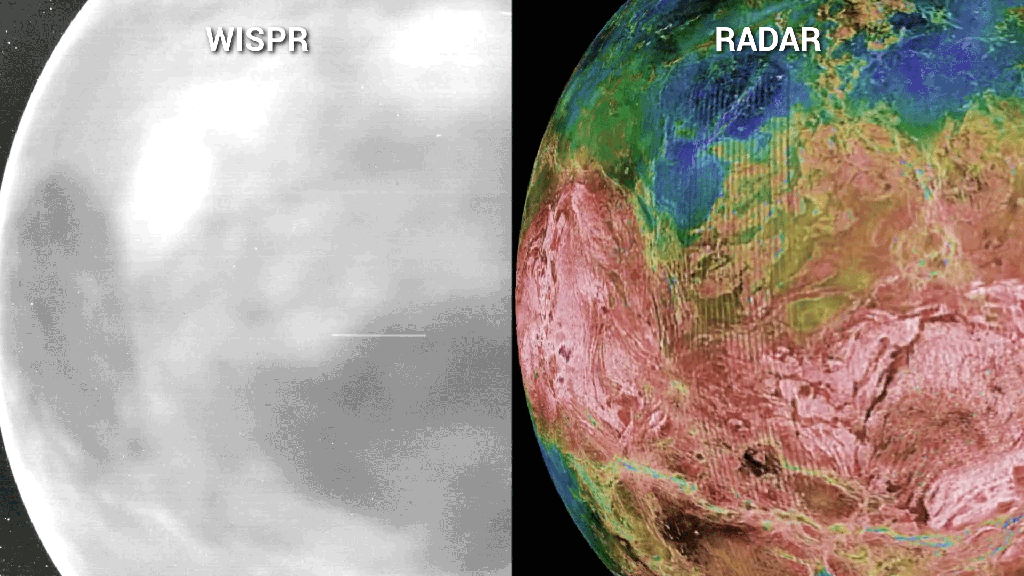
Final Venus Flyby for NASA’s Parker Solar Probe Queues Closest Sun Pass - NASA Science
On Wednesday, Nov. 6, 2024, NASA’s Parker Solar Probe will complete its final Venus gravity assist maneuver, passing within 233 miles (376 km) of Venus’ surface.science.nasa.gov
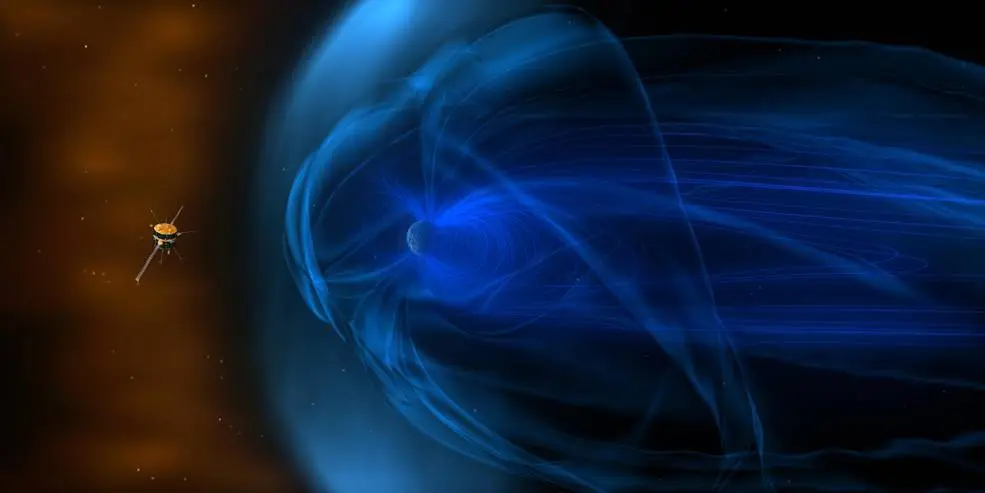
30 Years On, NASA’s Wind Is a Windfall for Studying our Neighborhood in Space - NASA Science
NASA's Wind Spacecraft has been flying for 30 years, investigating basic plasma processes in the solar wind barreling toward Earth.science.nasa.gov
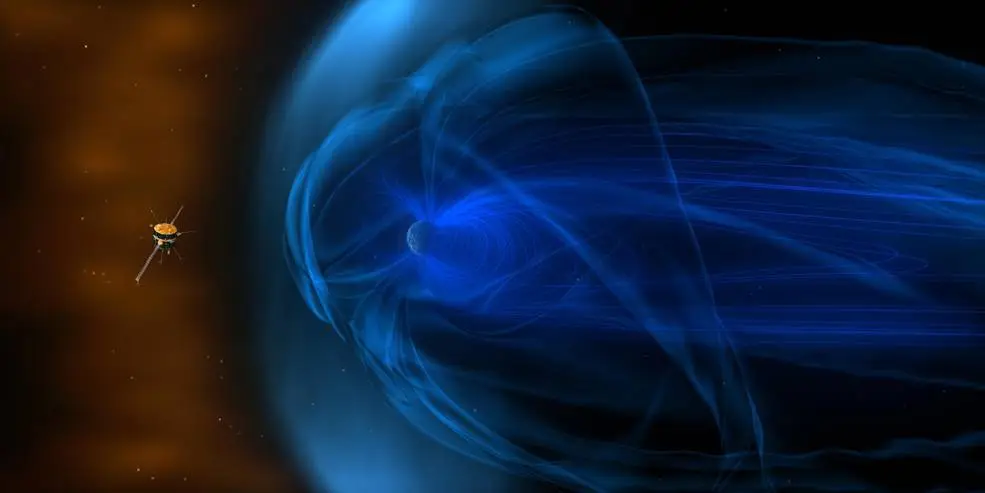
30 Years On, NASA’s Wind Is a Windfall for Studying our Neighborhood in Space - NASA Science
NASA's Wind Spacecraft has been flying for 30 years, investigating basic plasma processes in the solar wind barreling toward Earth.science.nasa.gov
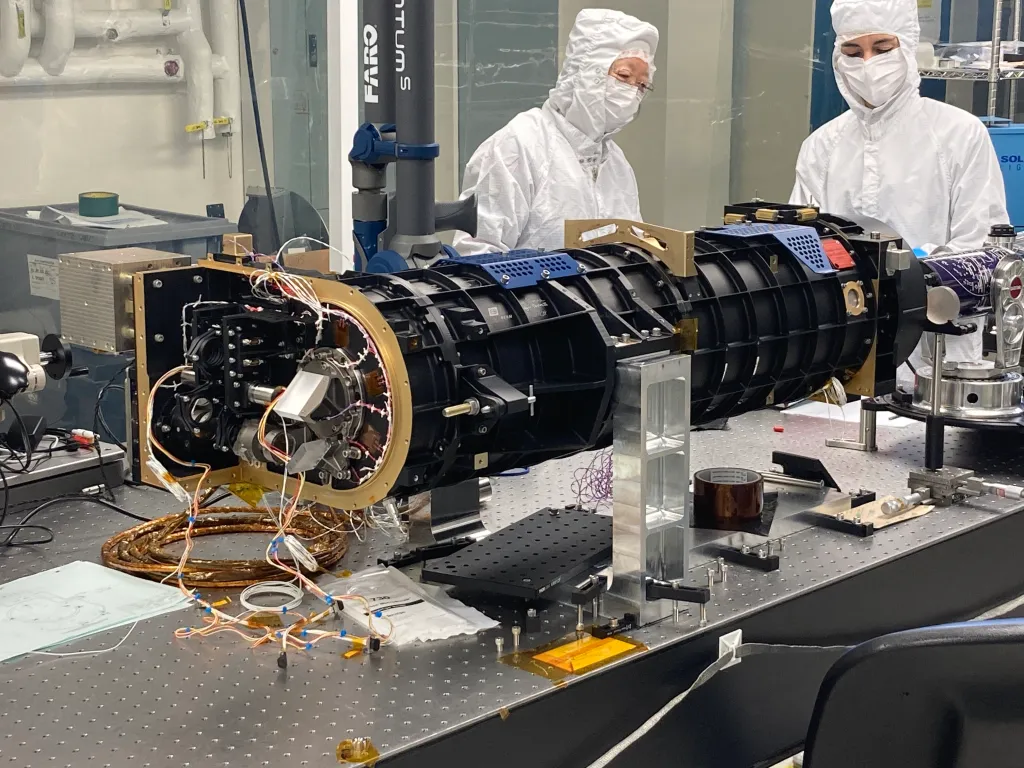
NASA to Launch Innovative Solar Coronagraph to Space Station - NASA Science
NASA’s Coronal Diagnostic Experiment (CODEX) is ready to launch to the International Space Station to reveal new details about the solar wind including its origin and its evolution.science.nasa.gov
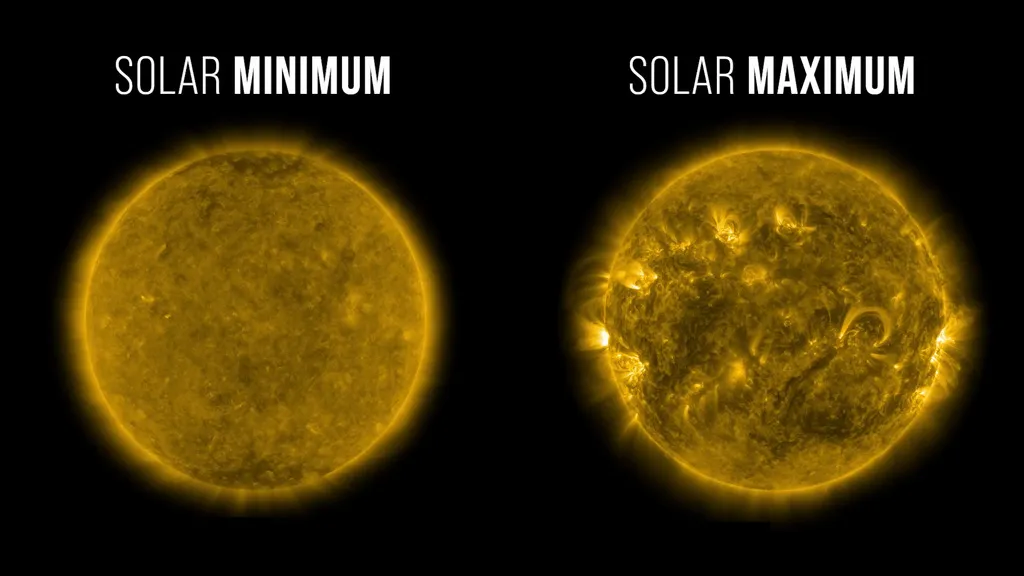
NASA, NOAA: Sun Reaches Maximum Phase in 11-Year Solar Cycle - NASA Science
In a teleconference with reporters on Tuesday, representatives from NASA, the National Oceanic and Atmospheric Administration (NOAA), and the international Solar Cycle Prediction Panel announced that the Sun has reached its solar maximum period, whic…science.nasa.gov
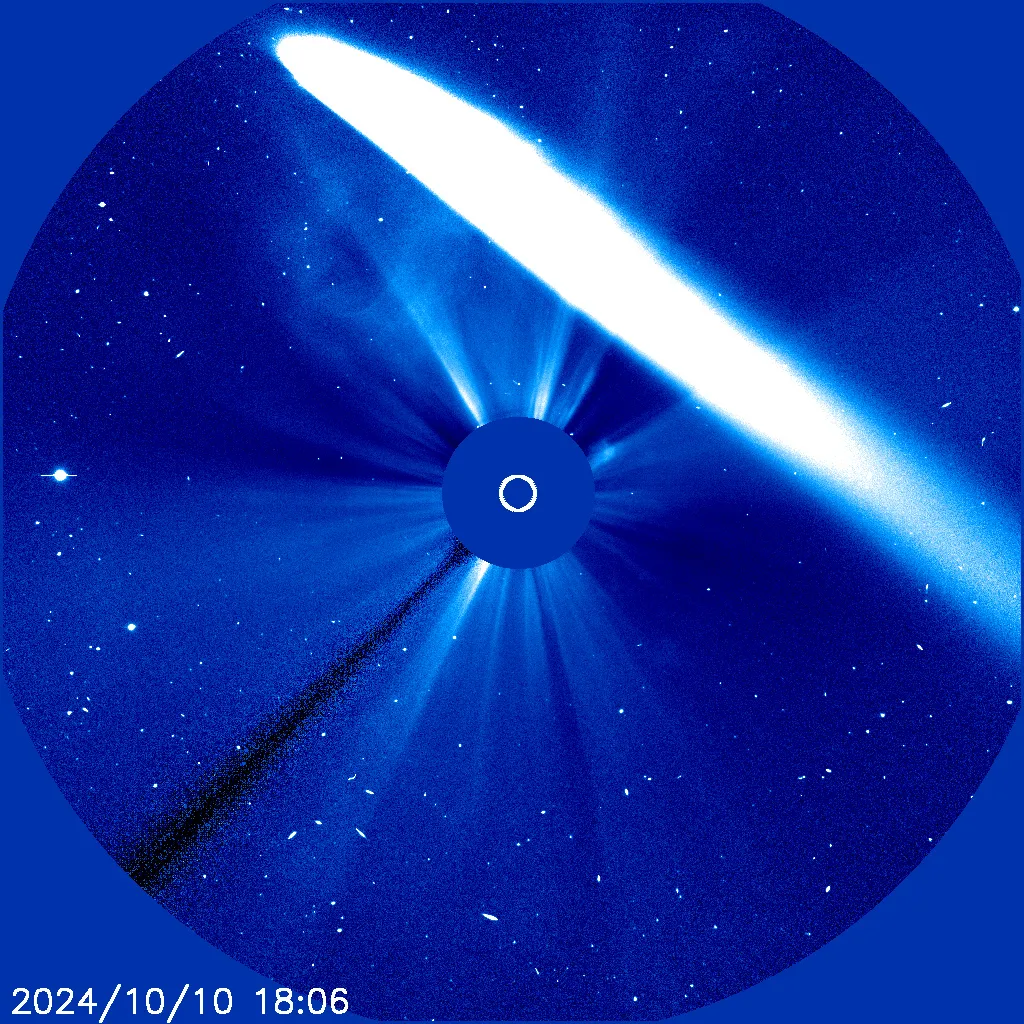
ESA/NASA’s SOHO Spies Bright Comet Making Debut in Evening Sky - NASA Science
The Solar and Heliospheric Observatory (SOHO) has captured images of the second-brightest comet to ever pass through its field of view, comet C/2023 A3 Tsuchinshan-ATLAS.science.nasa.gov
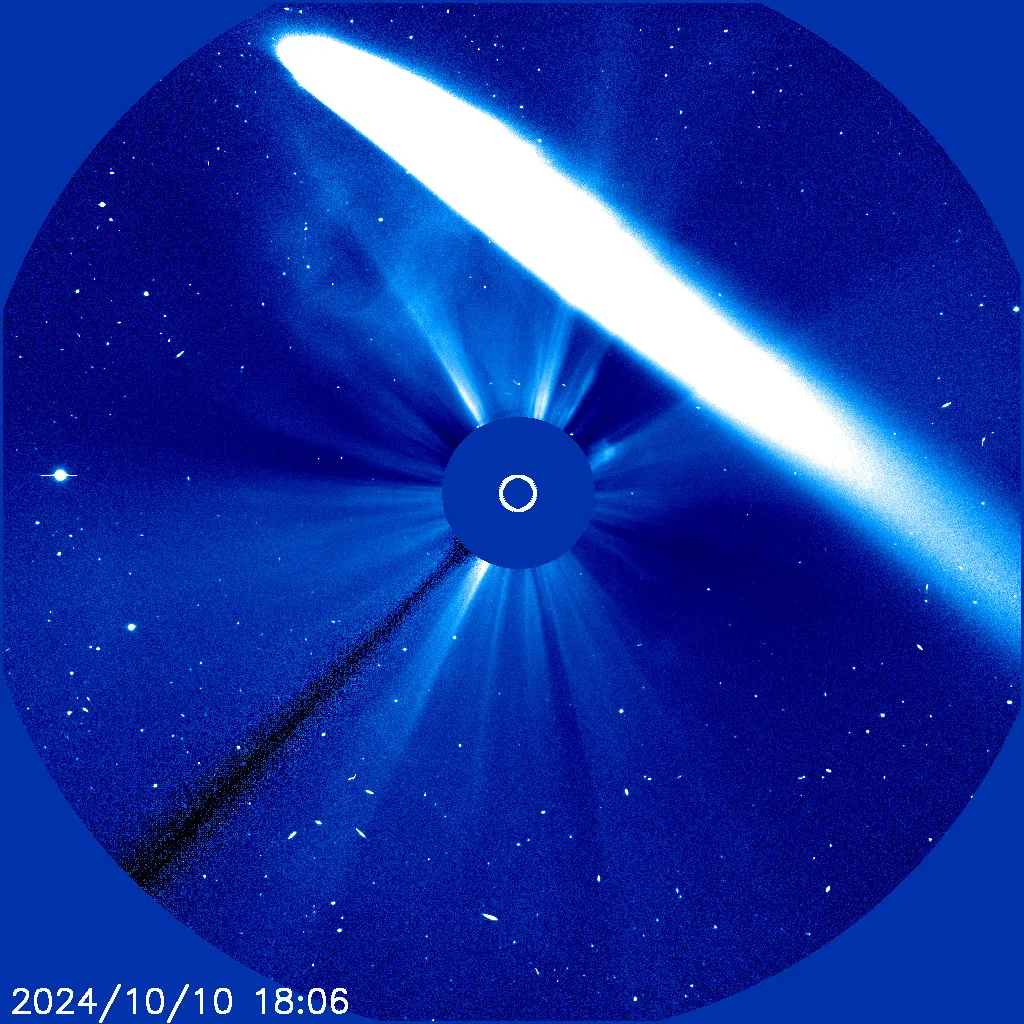
ESA/NASA’s SOHO Spies Bright Comet Making Debut in Evening Sky - NASA Science
The Solar and Heliospheric Observatory (SOHO) has captured images of the second-brightest comet to ever pass through its field of view, comet C/2023 A3 Tsuchinshan-ATLAS.science.nasa.gov
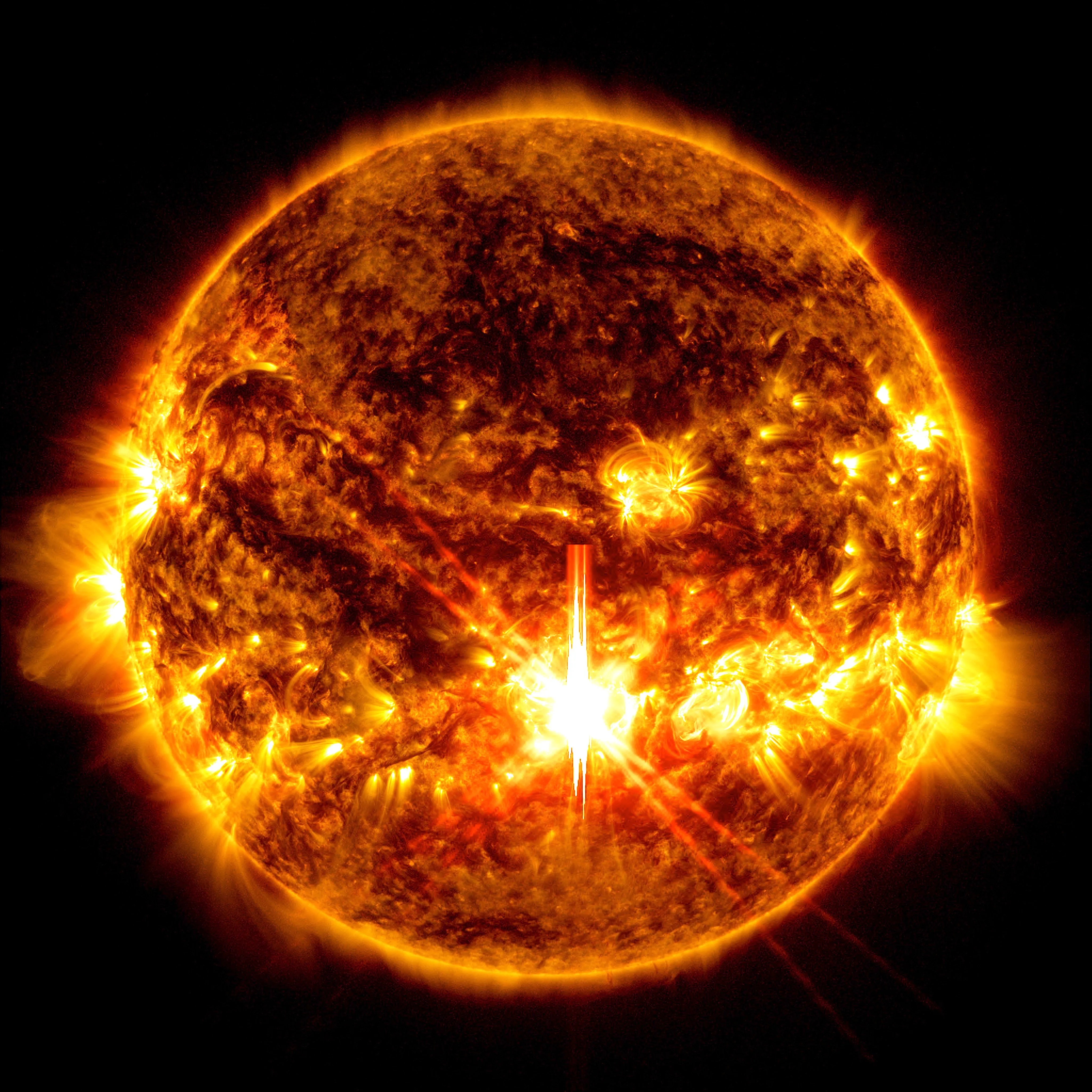
NASA, NOAA to Provide Update on Progress of Solar Cycle - NASA
NASA and the National Oceanic and Atmospheric Administration (NOAA) will discuss the Sun’s activity and the progression of Solar Cycle 25 during a mediaNASA
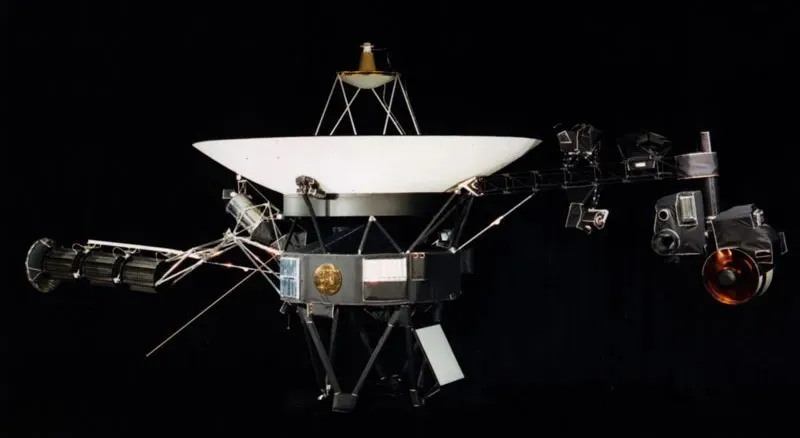
Voyager 1 Team Accomplishes Tricky Thruster Swap - NASA Science
The spacecraft uses its thrusters to stay pointed at Earth, but after 47 years in space some of the fuel tubes have become clogged.science.nasa.gov
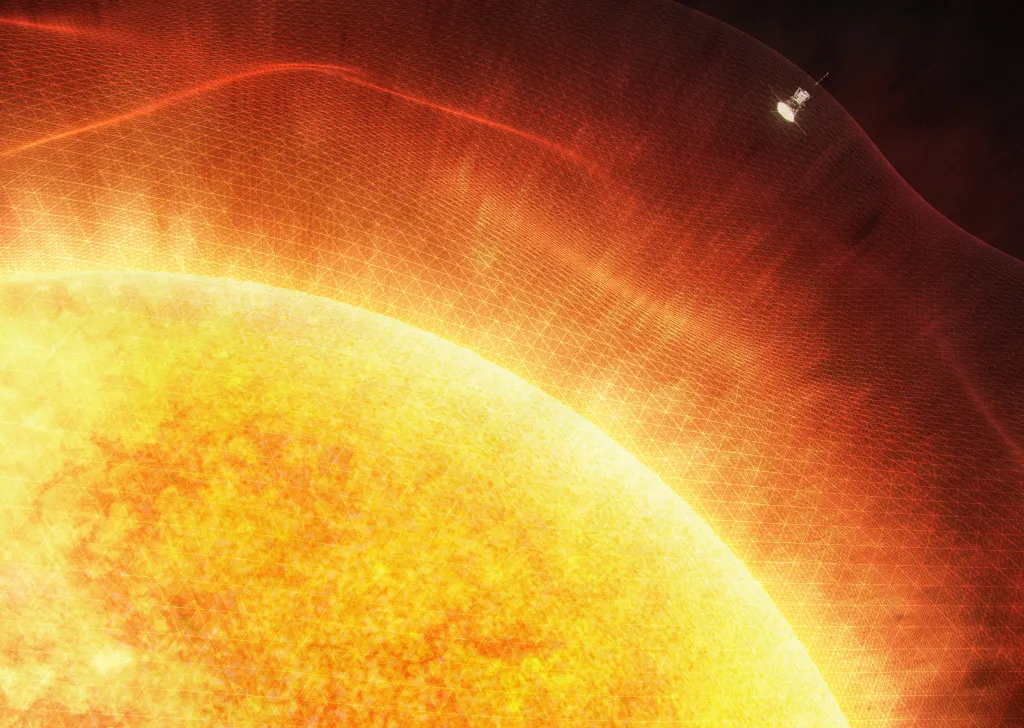
NASA, ESA Missions Help Scientists Uncover How Solar Wind Gets Energy - NASA Science
A paper published in the journal Science provides persuasive evidence that the fastest solar winds are powered by magnetic “switchbacks,” or large kinks in the magnetic field, near the Sun.science.nasa.gov

NASA’s ICON Mission Ends with Several Ionospheric Breakthroughs - NASA Science
After contributing to many important findings on the boundary between Earth’s atmosphere and space, the Ionospheric Connection Explorer (ICON) mission has come to an end.science.nasa.gov

Celebrate the Heliophysics Big Year with Free Heliophysics and Math Webinars from NASA HEAT - NASA Science
The Heliophysics Big Year (HBY) is a global celebration of the Sun’s influence on Earth and the entire solar system. It began with the Annular Solar Eclipse on Oct. 14, 2023, continued through the Total Solar Eclipse on Apr.science.nasa.gov
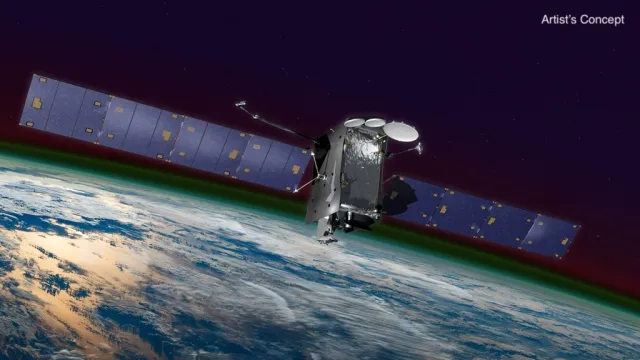
Alphabet Soup: NASA’s GOLD Finds Surprising C, X Shapes in Atmosphere - NASA Science
NASA’s Global-scale Observations of the Limb and Disk (GOLD) mission has revealed unexpected C- and X-shaped formations in an electrified layer of gas high above our heads called the ionosphere.science.nasa.gov
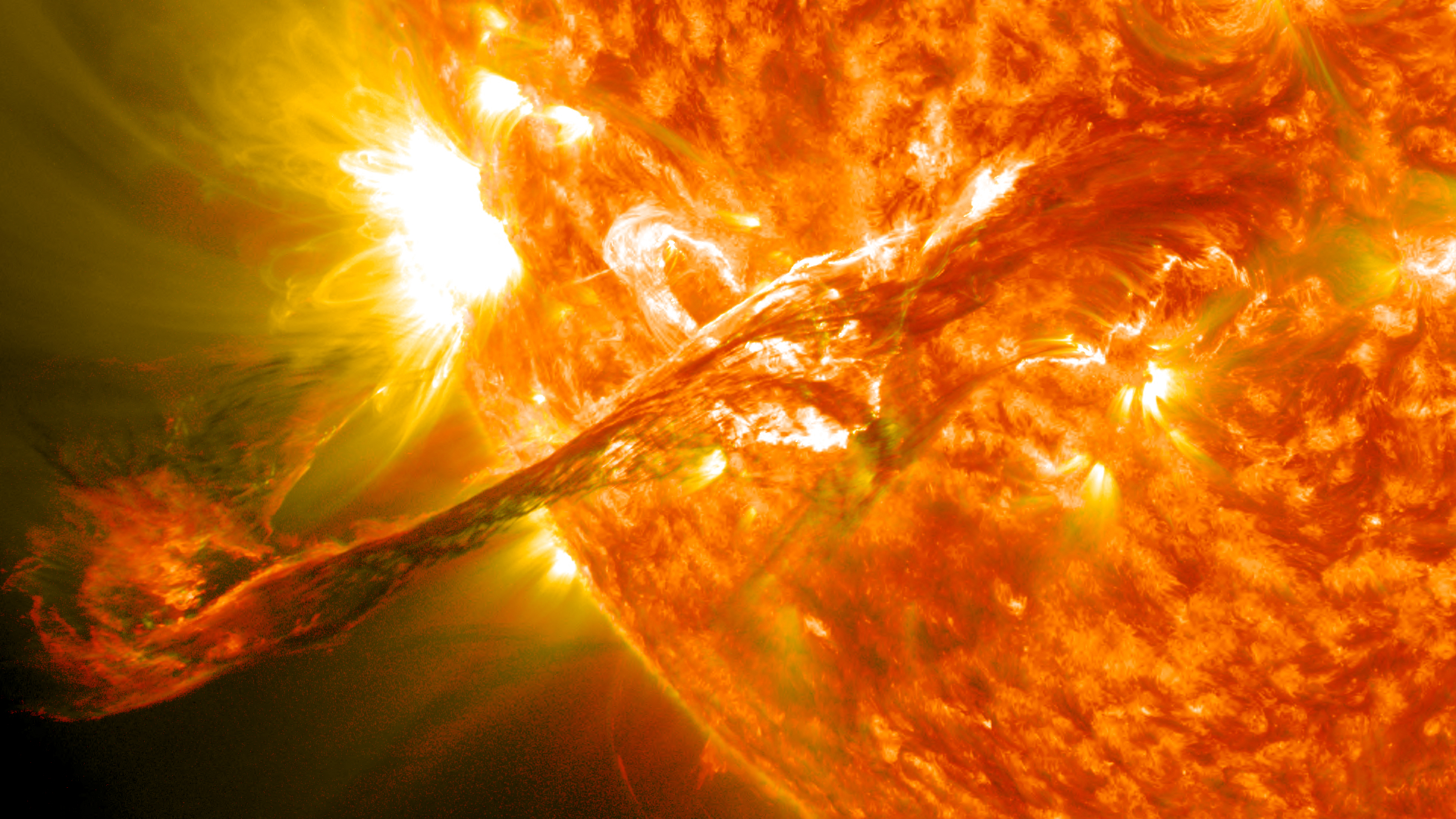
NASA Scientists Gear Up for Solar Storms at Mars - NASA
The Sun will be at peak activity this year, providing a rare opportunity to study how solar storms and radiation could affect future astronauts on the RedNaomi Hartono (NASA)

NASA Observations Find What Helps Heat Roots of ‘Moss’ on Sun
Did you know the Sun has moss? Due to its resemblance to the earthly plants, scientists have named a small-scale, bright, patchy structure made of plasma in the solar atmosphere “moss.” New observations from NASA reveal insights into this region.science.nasa.gov
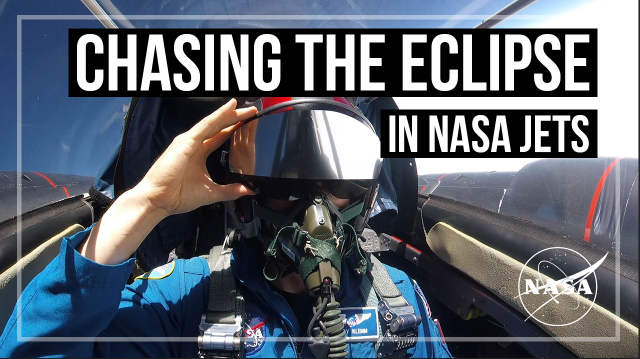
Scientists Pursue the Total Solar Eclipse with NASA Jet Planes
The April 8, 2024, total solar eclipse will produce stunning views across North America. While anyone along the eclipse path with a clear sky will see the spectacular event, the best view might be 50,000 feet in the air, aboard NASA’s WB-57 jet plane…science.nasa.gov

Scientists Use NASA Data to Predict Solar Corona Before Eclipse
Our Sun, like many stars, is adorned with a crown. It’s called a corona (Latin for “crown” or “wreath”) and consists of long, thread-like strands of plasma billowing out from the Sun’s surface.science.nasa.gov

ESA, NASA Solar Observatory Discovers Its 5,000th Comet
On March 25, 2024, a citizen scientist in the Czech Republic spotted a comet in an image from the Solar and Heliospheric Observatory (SOHO) spacecraft, which has now been confirmed to be the 5,000th comet discovered using SOHO data.science.nasa.gov

Five Tips from NASA for Photographing a Total Solar Eclipse - NASA
A total solar eclipse creates stunning celestial views for people within the path of the Moon's shadow. This astronomical event is a unique opportunity forSusannah Darling (NASA)
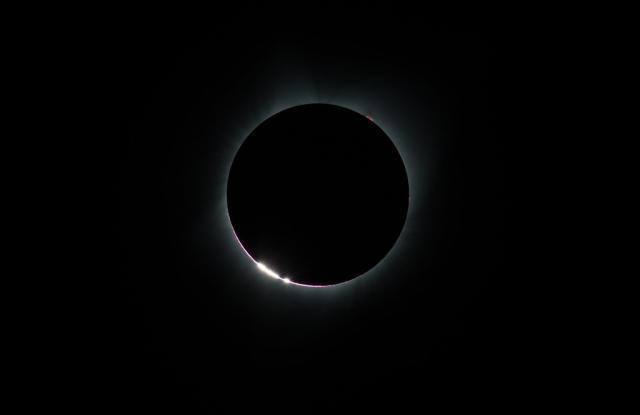
Sketch the Shape of the Sun for Science During the Solar Eclipse
Calling all eclipse admirers! The SunSketcher team is looking for one million volunteers to capture photos on their cell phones during the April 8 total solar eclipse.science.nasa.gov

Eclipse Photographers Will Help Study Sun During Its Disappearing Act
As the Sun temporarily disappears from midday skies over North America on April 8, 2024, hundreds of volunteers will capture photos of the total solar eclipse to help us better understand the Sun and its relationship with Earth.science.nasa.gov

NASA-Supported Team Discovers Aurora-Like Radio Bursts Above Sunspot
A NASA-funded team of scientists has discovered long-lasting radio signals emanating from the Sun that are similar to those associated with auroras – northern and southern lights – on Earth.science.nasa.gov
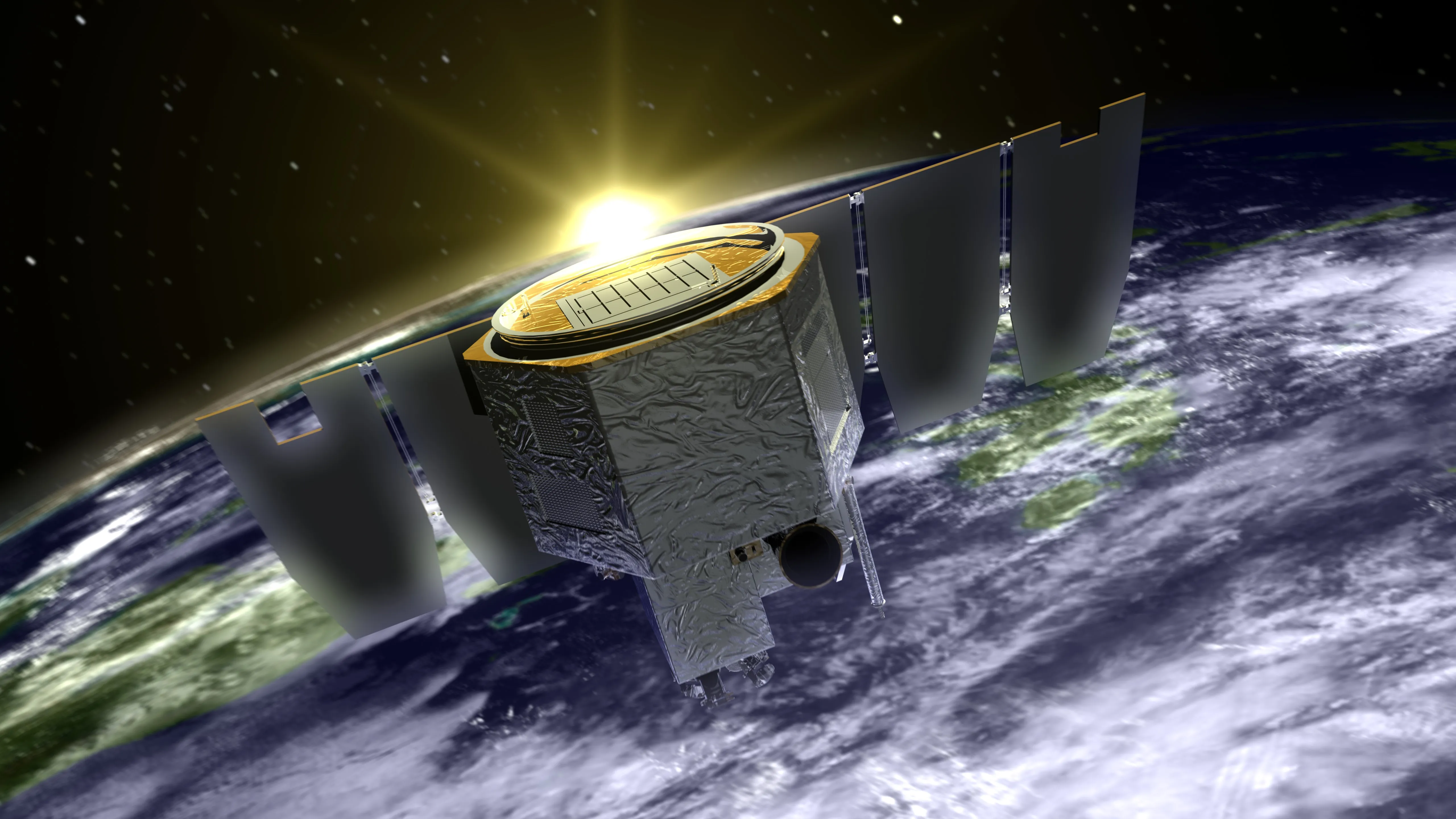
Night-Shining Cloud Mission Ends; Yields High Science Results for NASA - NASA Science
After 16 years studying Earth’s highest clouds for the benefit of humanity – polar mesospheric clouds – from its orbit some 350 miles above the ground, NASA’s Aeronomy of Ice in the Mesosphere, or AIM, mission has come to an end.science.nasa.gov

NASA’s Fermi Mission Creates 14-Year Time-Lapse of the Gamma-Ray Sky - NASA Science
The cosmos comes alive in an all-sky time-lapse movie made from 14 years of data acquired by NASA’s Fermi Gamma-ray Space Telescope.science.nasa.gov
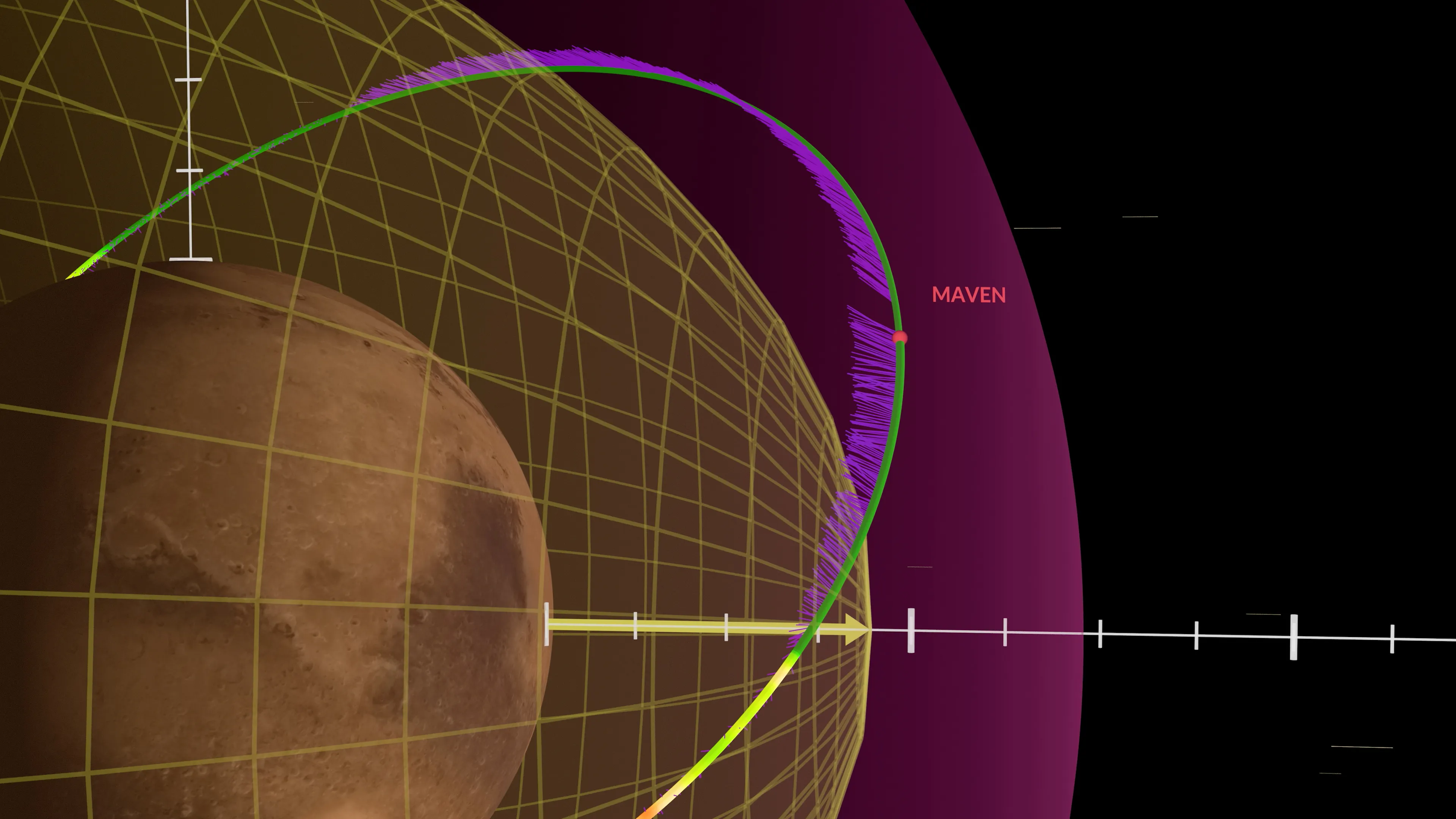
NASA’s MAVEN Observes the Disappearing Solar Wind - NASA
In December 2022, NASA’s MAVEN (Mars Atmosphere and Volatile EvolutioN) mission observed the dramatic and unexpected “disappearance” of a stream of chargedJamie Adkins (NASA)

Calling all Eclipse Enthusiasts: Become a NASA Partner Eclipse Ambassador! - NASA Science
By Vivian White, Astronomical Society of the Pacific Are you an astronomy enthusiast or undergraduate student with a passion for sharing space science? We are excited to share with you a wonderful opportunity to become an official NASA Partner Eclips…science.nasa.gov
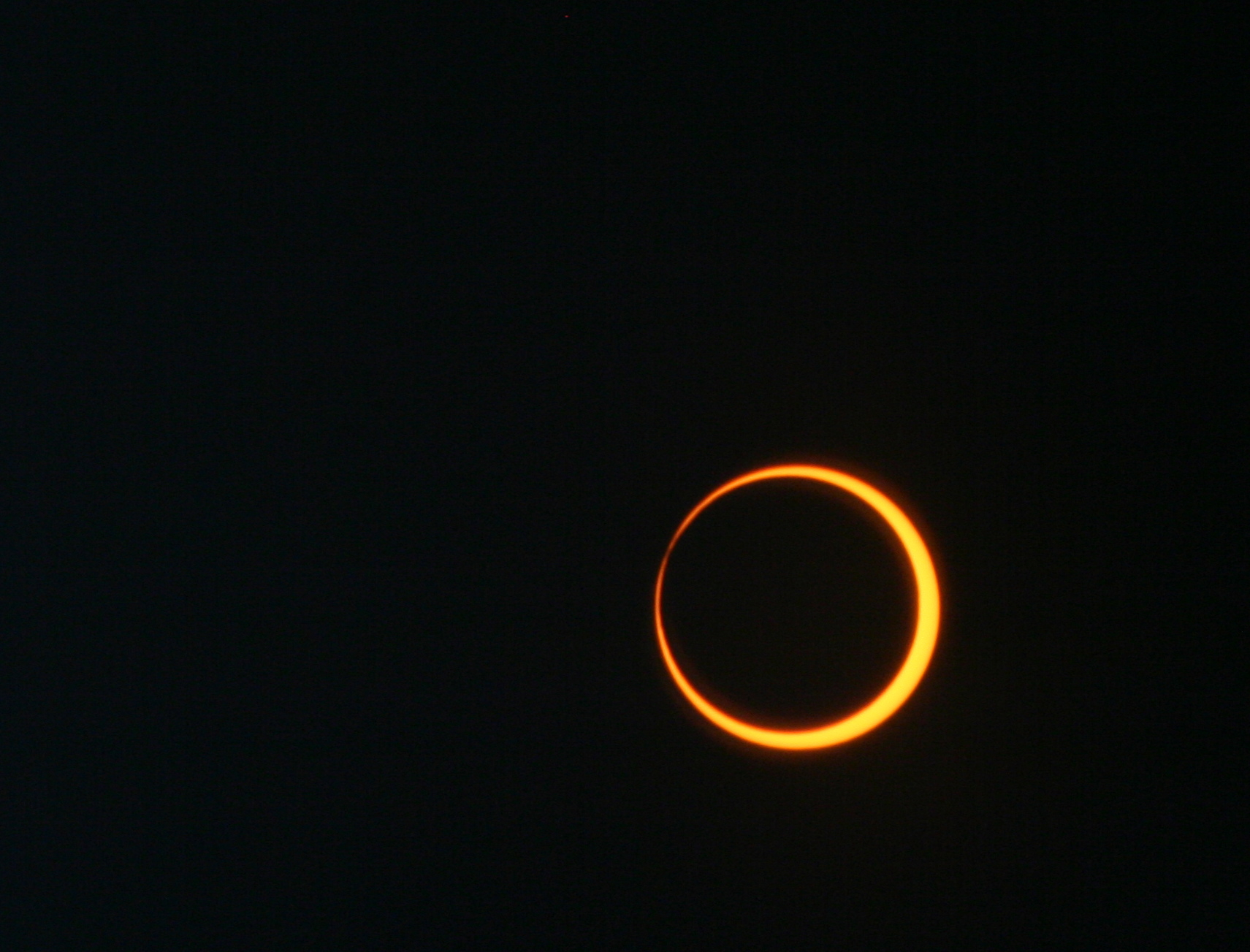
NASA Highlights Media Opportunities for Upcoming Ring of Fire Eclipse - NASA
On Saturday, Oct. 14, the Moon will pass between Earth and the Sun, giving people across the United States an opportunity to see an annular solar eclipse.NASA
